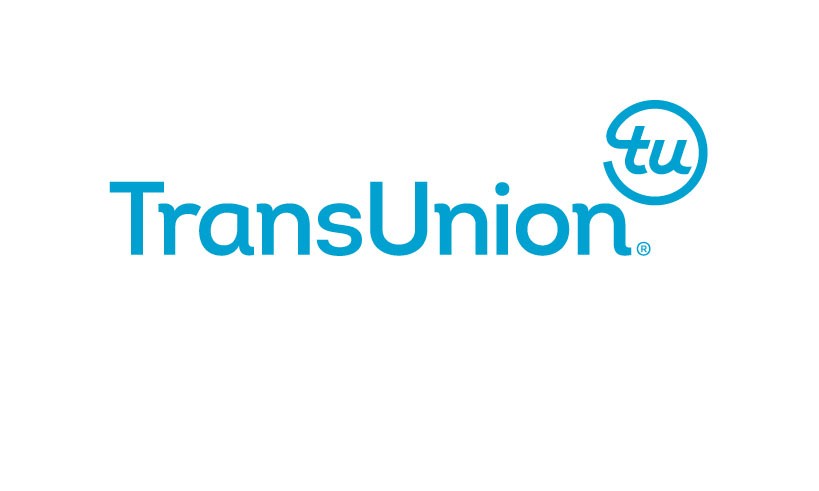• Borrower profile and preferences are changing – more consumers seeking multiple credit products within short time span
• Responsible lending and close monitoring using advanced proactive analytics essential for driving sustained and prudent growth
• Credit growth for the new-to-credit (NTC) segment declined while that for young population remained stagnant
Mumbai: India’s retail credit market continued to show sustained growth during Q2 2023, with consumption-led demand driving the need for credit. Credit supply (originations) grew at 15% year-over-year (YoY) compared to Q2 2022. Portfolio performance remained mostly stable compared to the same period in the prior year for most products. These were some of the findings of the latest edition of the TransUnion CIBIL Credit Market Indicator (CMI)* report for the quarter ending June 2023.
Speaking on the findings of the Q2 2023 CMI report, the MD and CEO of TransUnion CIBIL, Mr. Rajesh Kumar, said: “The latest CMI indicates financial stability with healthy retail credit growth and broadly stable delinquency levels, even though a few pockets show signs of risk build-up. At the same time, India’s large young population, coupled with low credit penetration in the new-to credit segment, provide huge untapped potential for accelerating credit growth and financial inclusion.”
The CMI is a comprehensive measure of data elements that are summarized monthly to analyze changes in credit market health, categorized under four pillars: demand, supply, consumer behavior, and performance. These factors are combined into a single, comprehensive indicator, and pillars can also be viewed in more detail individually. The CMI for the quarter ending June 2023 was 100, which is the same as in the quarter ending June 2022.
Chart 1: Credit Market Indicator (CMI) June 2019-June 2023
Credit supply continues upward trajectory
Originations, a measure of new accounts opened, continued to grow YoY in Q2 2023 with growth among semi-urban and rural consumers (one percentage point increase YoY). Originations among younger consumers (18-30 years) remained steady YoY, while those for new-to-credit consumers decreased by 4%, highlighting untapped opportunity for accelerating financial inclusion given India’s relatively low credit penetration and large young population.
Table 3: Growth in Originations
Q2 2023 YoY growth
Product Value Volume
Housing Loan -6% -12%
Property Loan 12% 7%
Auto Loan 13% -3%
Two-wheeler Loan 18% 5%
Personal Loan 12% 22%
Credit Card 1%
Consumer Loan 20% 13%
Credit performance continues to improve across most products
During Q2 2023, overall balance-level serious delinquencies (measured as 90 days or more past due) improved across product categories, except for credit cards and personal loans. This improvement suggests that consumers appear to be managing their credit repayments responsibly.
Table 3: YoY Improvement in Balance-Level Delinquencies**
Product 90+ Day-Past-Due Balance-Level Delinquency Rate YoY Change – Basis Points (bps)
Home Loan 1.21% -0.12%
LAP 2.18% -1.01%
Auto Loan 0.69% -0.24%
Two-Wheeler Loan 1.97% -0.78%
Personal Loan 0.84% 0.40%
Credit Card 1.63% 0.17%
Consumer Durable Loan 1.68% -0.01%
**This excludes data reported by Asset Reconstruction Companies (ARCs)
For consumers having at least one small-ticket personal loan, the balance-level delinquency rate was 5.4%, marking an increase of 120 bps (basis points) since Q2 2022. Delinquencies on small-ticket personal loans have a marginal impact on the overall retail loan portfolio, which looks at the outstanding balances of all retail products including home loans, auto loans, credit cards, personal loans, and others.
Table 4: Product-wise balance share of portfolio in Q2 2023
Consumption loans Product Share % of Retail Portfolio
Personal Loans more than 50K 11.6%
Personal Loans less than 50K 0.3%
Credit Cards 2.3%
Consumer Durables 0.7%
Small-ticket personal loans of less than INR 50,000 account for 0.3% of the total retail loan book size at an industry level. Even though delinquencies on small-ticket personal loans have a marginal impact on the personal loan portfolio, these need to be monitored closely, especially because consumers may prioritize other payment obligations ahead of personal loan payments, which in turn may be a wider indicator of financial stress.
Marked leverage build-up on small-ticket personal loans
TransUnion CIBIL studied the rapid increase in the adoption of small-ticket personal loans and the impact of this increase on the overall retail lending book in the Q2 2023 edition of the CMI, as the credit industry landscape has changed significantly over the last four years. Since Jan 2022, small-ticket personal loans of less than INR 50,000, while representing a very small share of total retail balances, have accounted for approximately 25% of total origination volumes. As a result, the proportion of credit active consumers availing small-ticket personal loans has increased to 8% in June 2023, from 3% in June 2019.
Portfolio Q2-2019 Q2-2020 Q2-2021 Q2-2022 Q2-2023
% of credit active consumers with at least one live personal loan <= INR 50 K 3.1% 4.3% 4.8% 6.8% 8.1%
In Q2 2023, approximately half (51%) of consumers who availed small-ticket personal loan already had more than four credit products at the time of availing another new loan, compared to just 17% in that category in Q2 2019.
Personal Loans < INR 50 K Q2 2019 Q2 2020 Q2 2021 Q2 2022 Q2 2023
Proportion of origination with four or more loans opened in previous 6 months (high velocity) 17.2% 25.9% 38.6% 44.6% 50.7%
Analysis of early vintage delinquency*** trends showed an increase in Q4 2022 on consumption loan products, compared to Q4 2019.
Table 5: Vintage delinquency
30 days past due vintages measured at first six months on book
Origination Quarter Q4 2019 Q4 2022
Personal Loan <50K INR 7.56% 10.24%
Personal Loan >50K INR 2.08% 3.20%
Credit Cards 2.88% 4.40%
Consumer Durables 1.79% 3.40%
***Vintage delinquency is calculated as % of sanction amount on accounts ever 30+ days past due in six months from origination. Origination of Q4 2019, and Q4 2022, vintages measured for performance as of Q2 2020 and Q2 2023
“The marked increase in the volume of consumption loans along with velocity indicates a clear call for lenders to monitor vintage delinquencies closely. Strong underwriting process, focused regular monitoring of consumer behavior, and robust credit risk management practices are essential if these opportunities are to be nurtured for long-term profitable growth,” Mr. Kumar concluded.










